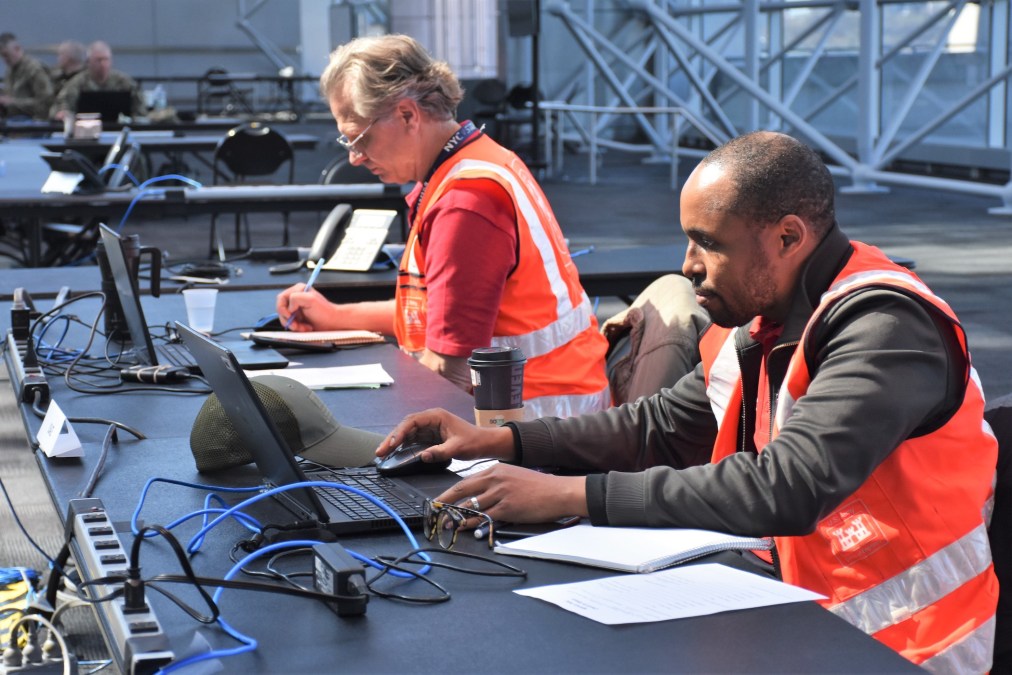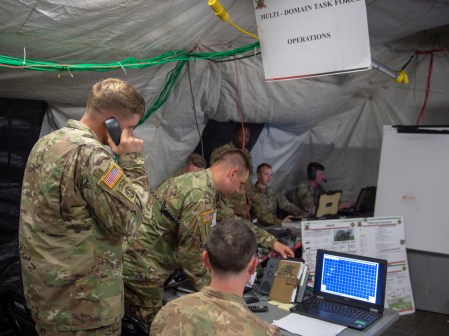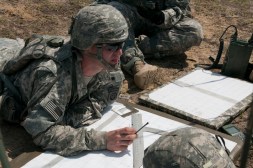How the Army Corps of Engineers is scaling its IT for coronavirus response

For the Army Corps of Engineers, the move to full-scale telework amid the coronavirus pandemic hasn’t always been smooth, CIO Dovarius Peoples admits.
Along with the rapid, necessary scaling of virtual private networks (VPNs), network bandwidth capacity and collaboration tool licenses that all federal agencies have been conducting, the corps faced the added hardship of an accidental cut to a fiber cable routed to its data center in Vicksburg, Mississippi. During the first week when agencies were moving to mass telework, the Army Corps of Engineers faced an eight-hour outage that took its services offline throughout the southern part of the U.S.
“What a way to start remote working and telework,” Peoples told FedScoop in a recent video interview.
But apart from that minor bump early on, Peoples’ office has been able to quickly support the corps’ critical work on the frontlines of the coronavirus response, creating alternative care facilities out of arenas, hotels, dorms and convention centers in areas lacking traditional hospital beds for patients. The service’s network capacity has been turned up and it has scaled users on its VPN from 5,000 to 40,000 in a matter of days — something that would traditionally take weeks.
“Users can’t work if they can’t get on the VPN,” Peoples told FedScoop.
On top of that, it’s rolling out cloud-based collaboration tools like Microsoft Teams and Outlook Web App to keep the workforce connected while trying to alleviate the strain on the secure virtual network with over 25,000 users on an average day, according to Peoples.
The transition amid crisis hasn’t been a complete changeup for the Army Corps of Engineers either, as the service came into the fiscal year working to “untether the end-user from their desktop,” Peoples said. So, as the pandemic came about, it “expedited a lot of our momentum. So we are now trying to expand the digital footprint within the corps … really empowering the end-user to be able to access a lot of the mission-critical applications without having to leverage a VPN but instead through some form of two-factor authentication.”






